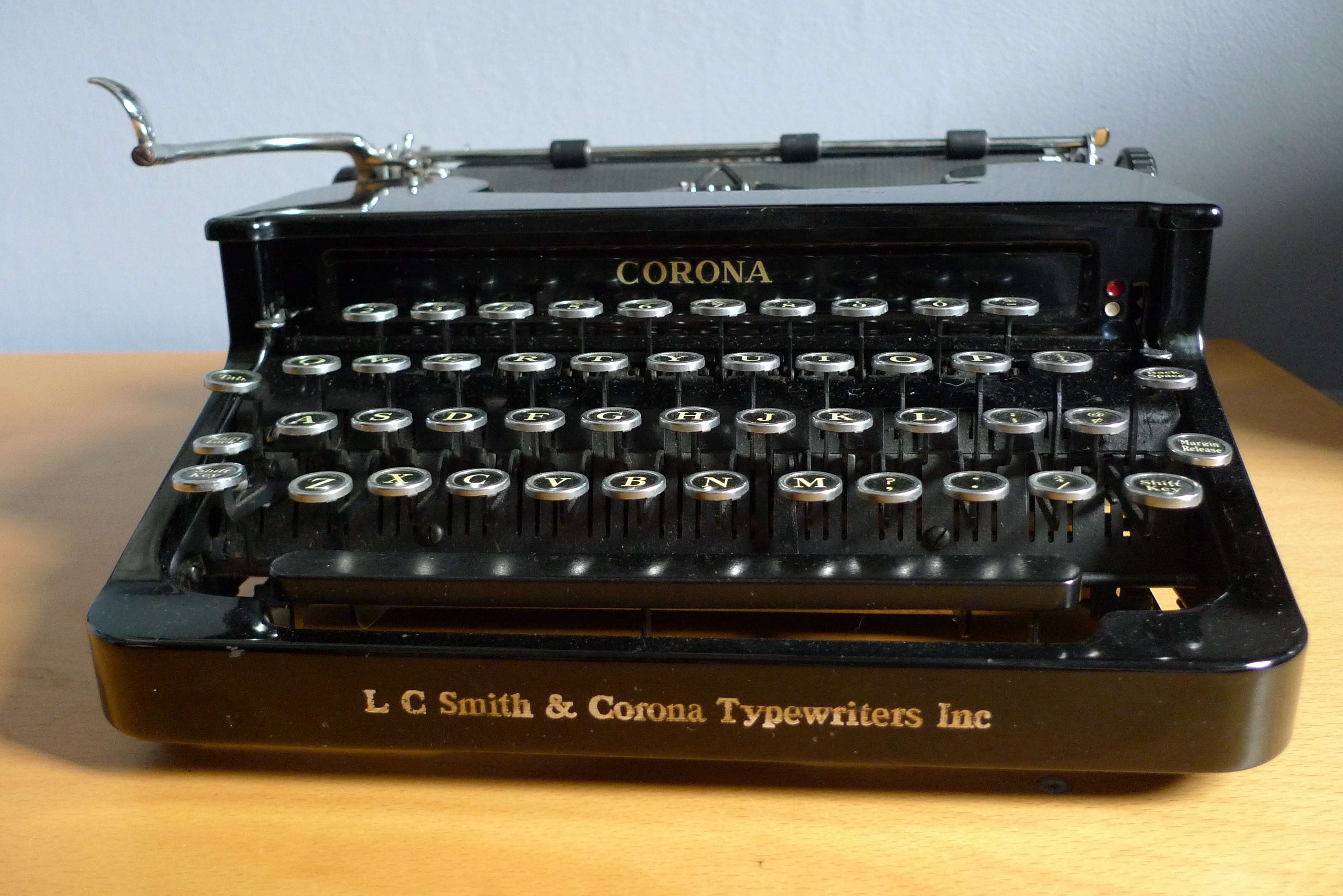The good news is that this exhibition is at Terminal 2, Departures Level, San Francisco International Airport. The bad news is it is behind beyond security screening.
So, if you are on a flight with time to kill, make certain to spend time with this fascinating exhibit.
Yet, in many ways, this is the best way to view art.
There’s no membership campaign, or special incentives.
No docent tours, or school groups glommed around the presentation.
Hardly anyone stays long, obscuring the vision.
This is a premium gallery experience which can be obtained by simply booking a flight.
Finally, there is no charge.
The typewriter is one of the great inventions of the modern world. A marvel of industrial engineering and ingenuity, it revolutionized communication and was an essential tool for countless writers. To comprehend the typewriter’s impact, consider a world where typing did not exist and handwriting was the main form of non-verbal communication. The ease and speed of communication on paper increased dramatically when typewriters became available in the late 1800s. Typewriting was efficient, created clear and legible documents, and easily produced multiple copies using carbon paper.
In recent years, a renewed interest in typewriting has brought many of these classic machines back into focus. Unlike computers, typewriters translate ideas directly onto paper through an audible rhythm of keys and swinging type-bars. There is no delete function to shroud errors, and a well-edited typescript illustrates a creative process through handwritten notations and corrections typed over in ink. Today, collectors and writers all over the world value the timeless aesthetics and utility of the typewriter. This exhibition traces a history of typewriter technology and innovation through more than a century of design, from early writing machines to modern portables and Asian typewriters with thousands of characters.

